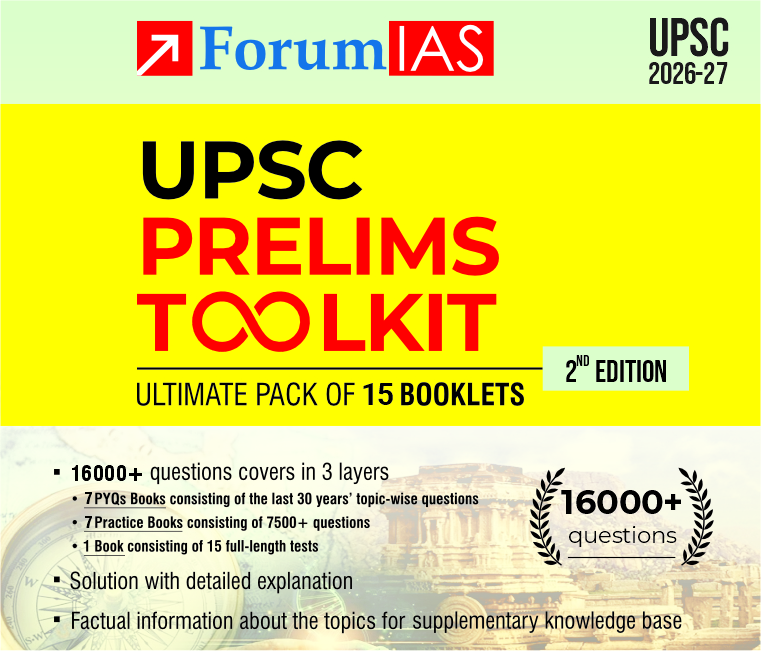Good Morning Friends,
We are Posting Today’s Prelims Marathon
About Prelims Marathon – In this initiative, we post 10 high-quality MCQs daily. Questions are based on the static part of the syllabus. We at ForumIAS believe that practicing these quality questions on a daily basis can boost students’ prelims preparation.
For the weekly time table and archives click HERE
[WpProQuiz 2003]
https://forumias.com/blog/current-affairs/






